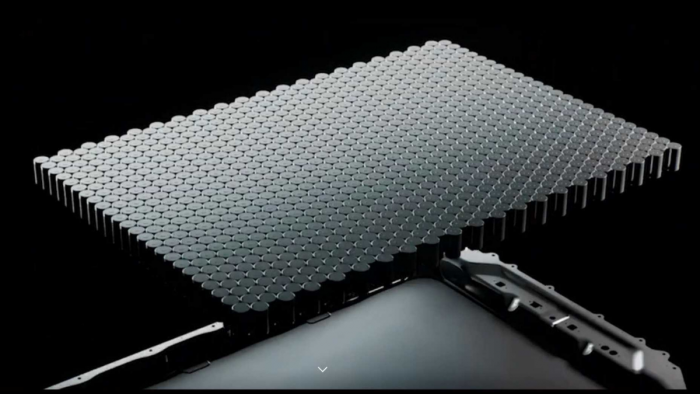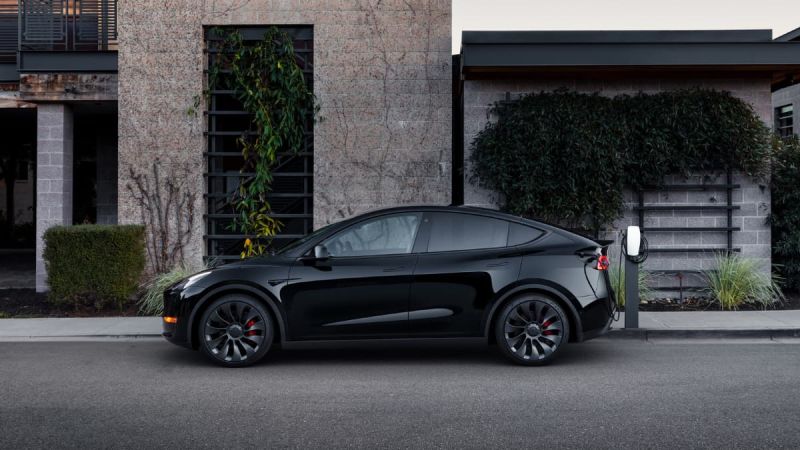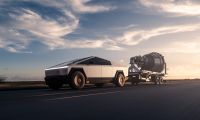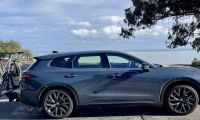During the event in which Musk delivered the first Model Y units that came out of production lines at Gigafactory Berlin, he also spoke about other topics, apart from vehicles and their specific production process. Responding to questions from reporters gathered there about batteries and cells, the CEO said that he sees great potential in the chemistry of manganese-based batteries.
Elon Musk Hints Tesla Is Working on New Manganese Battery Cell He Mentioned at Battery Dayhttps://t.co/03EZRm5jzP
— Tesmanian.com (@Tesmanian_com) March 23, 2022
According to Musk, the automobile industry has an obligation to focus much more intensely on the supply chain of the materials that make up a battery, even up to the point of becoming involved in obtaining the main raw materials that make up its cells. In a speech in front of the employees at Berlin Gigafactory that Musk gave right after the delivery of the first Model Y manufactured in Germany, one of the questions was aimed at the possibility of Tesla manufacturing batteries based on graphene.

Like many other experts in the battery industry, Musk said he is skeptical about its production, due to the high complexity involved in making graphene. However, taking advantage of the topic, he did announce that Tesla is working to make batteries with other materials. The CEO reiterated that for the foreseeable future, the industry will focus on nickel-based ternary cells (NCM-nickel-cobalt-manganese, NCA-nickel-cobalt-aluminum) for long-range vehicles and iron phosphate cells. (LFP) for those with less range needs. At this point, Musk added a third option to his comment, referring to a manganese-rich battery cell: "I think there is some interesting potential for manganese."
Elon Musk announces Tesla is working on a new manganese battery cell.
$AX8 has identified future supply disruptions & metal shortages in the #manganese market & has implemented a high-grade manganese exploration strategy to supply the battery markets.https://t.co/4SmhNmJLOi— Accelerate Resources Limited (ASX:AX8) (@Accelerate_Ax8) March 24, 2022
Tesla has been exploring the properties of manganese for use in battery cells for some time. On “Battery Day”, (September 22nd, 2020), Musk stated that "... it is relatively easy to make a cathode that is two-thirds nickel and one-third manganese, which would allow us to produce 50% more cell volume with the same amount of nickel".
Musk did not offer any more details about this possibility, other than revealing that Tesla is working on it with the aim of using this chemistry as a complement to chemistries based on nickel and iron. “On a large scale, we need tens, maybe hundreds of millions of tons of raw materials. Therefore, the materials used to produce these batteries on a large scale must be common or you will never be able to scale production.”

Several research groups have published papers on promising manganese-rich cathode batteries that could offer interesting features as they offer higher energy density than iron phosphate (LFP) batteries and a potentially lower price than nickel-rich batteries (NCM-NCA). Although Tesla usually uses NCA batteries - without manganese - it has also widely used the NCM combination so far, which does contain the material (although in a very low proportion), in its Tesla Powerwall batteries. For instance, Nissan also uses a manganese-rich cathode in the original Leaf battery.

Elon Musk finally reiterated the need to focus on the supply of minerals for batteries with the aim of accelerating the transition to electric transportation and renewable energies. He estimates that the world will need 300 TWh of battery cell production to achieve a full transition to a sustainable, green-powered world.
All images courtesy of Tesla Inc.
Nico Caballero is the VP of Finance of Cogency Power, specializing in solar energy. He also holds a Diploma in Electric Cars from Delft University of Technology in the Netherlands, and enjoys doing research about Tesla and EV batteries. He can be reached at @NicoTorqueNews on Twitter. Nico covers Tesla and electric vehicle latest happenings at Torque News.












